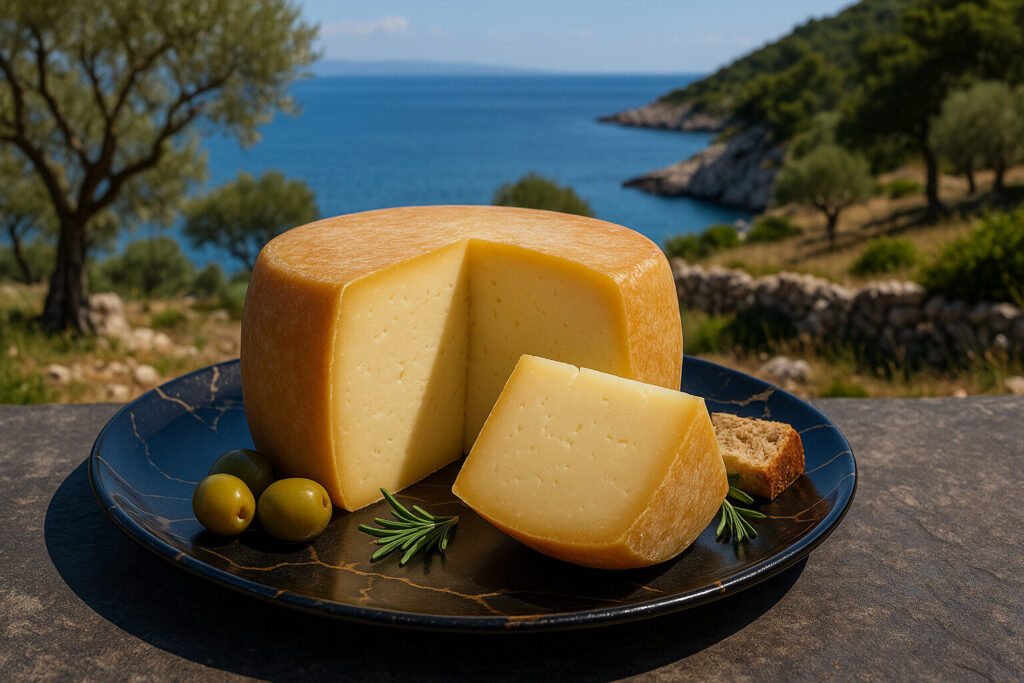Cheese Of Aegean Region
Definition and Scope
Cheeses from the Aegean Region originate from islands and coastal areas surrounding the Aegean Sea. These cheeses are primarily produced in Greece and Turkey, reflecting distinct local traditions. They encompass both protected designation of origin varieties and artisanal farmstead styles.
Common characteristics include the use of sheep’s milk, goat’s milk, or mixtures of both. Production methods often involve basket molding and brine curing. The region’s cheeses are integral to Mediterranean culinary heritage and local economies.
Production Methods
Traditional Aegean cheese production relies on raw or pasteurized milk from local breeds. Coagulation is typically achieved using animal rennet. Many varieties undergo brining for preservation and flavor development.
Specific techniques include basket-weave patterning on rinds and extended aging in cool caves. Production follows seasonal patterns aligned with animal lactation cycles. These methods create cheeses with distinctive textures and complex flavor profiles.
Sensory Profile
Aegean cheeses typically exhibit salty, tangy notes with herbal undertones. Texture ranges from semi-soft to hard depending on aging duration. Many varieties develop crystalline structures during extended maturation.
The terroir influences flavor through local vegetation consumed by animals. Brine-cured cheeses often have moist, crumbly textures. Sheep’s milk contributes rich, fatty characteristics while goat’s milk adds sharpness.
Culinary Applications
These cheeses serve both table and cooking purposes throughout Mediterranean cuisine. They are commonly grated over pasta, baked in filo pastries, or served as meze. Their saltiness makes them ideal for balancing sweet and savory dishes.
Traditional uses include filling for pies like spanakopita and topping for grilled meats. Many varieties maintain their structure when heated, making them suitable for saganaki. They pair well with olives, tomatoes, and local wines.
Regional Examples
Protected designation of origin cheeses include Graviera from Naxos and Ladotyri from Mytilene. These demonstrate specific production standards and geographical ties. Each variety reflects unique local practices and microclimates.
Other notable examples comprise Kefalotyri, a hard grating cheese, and fresh Anthotyros. Turkish varieties include Bergama Tulum and Izmir Tulum cheeses. These represent the diversity within Aegean cheesemaking traditions.

